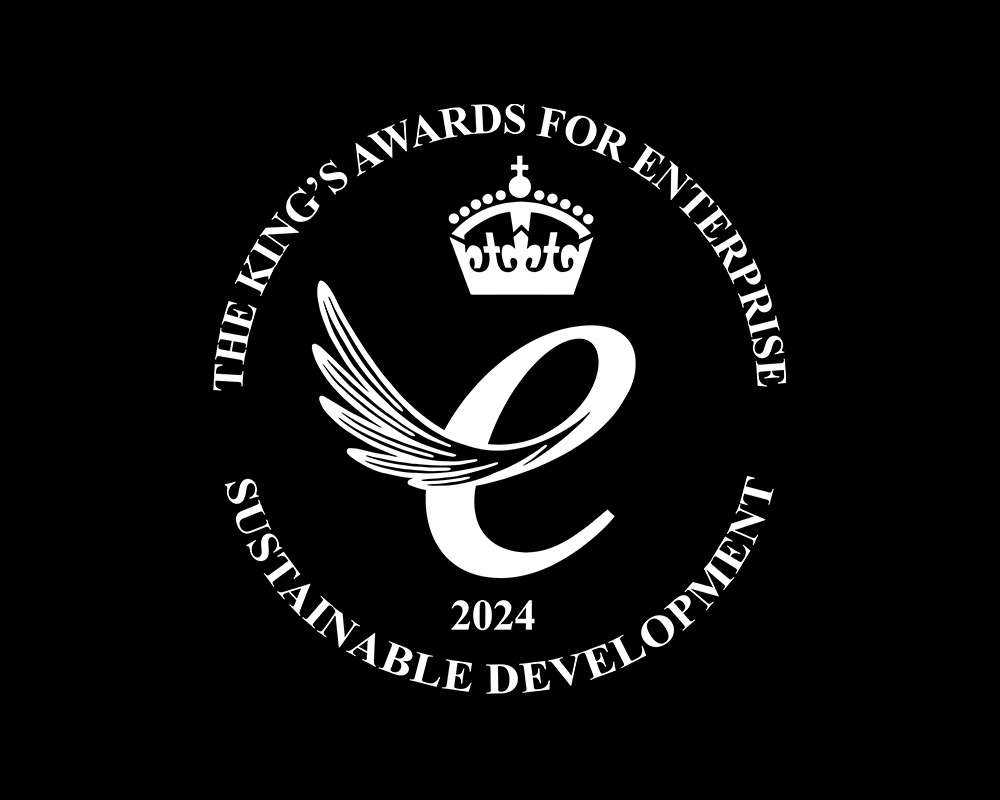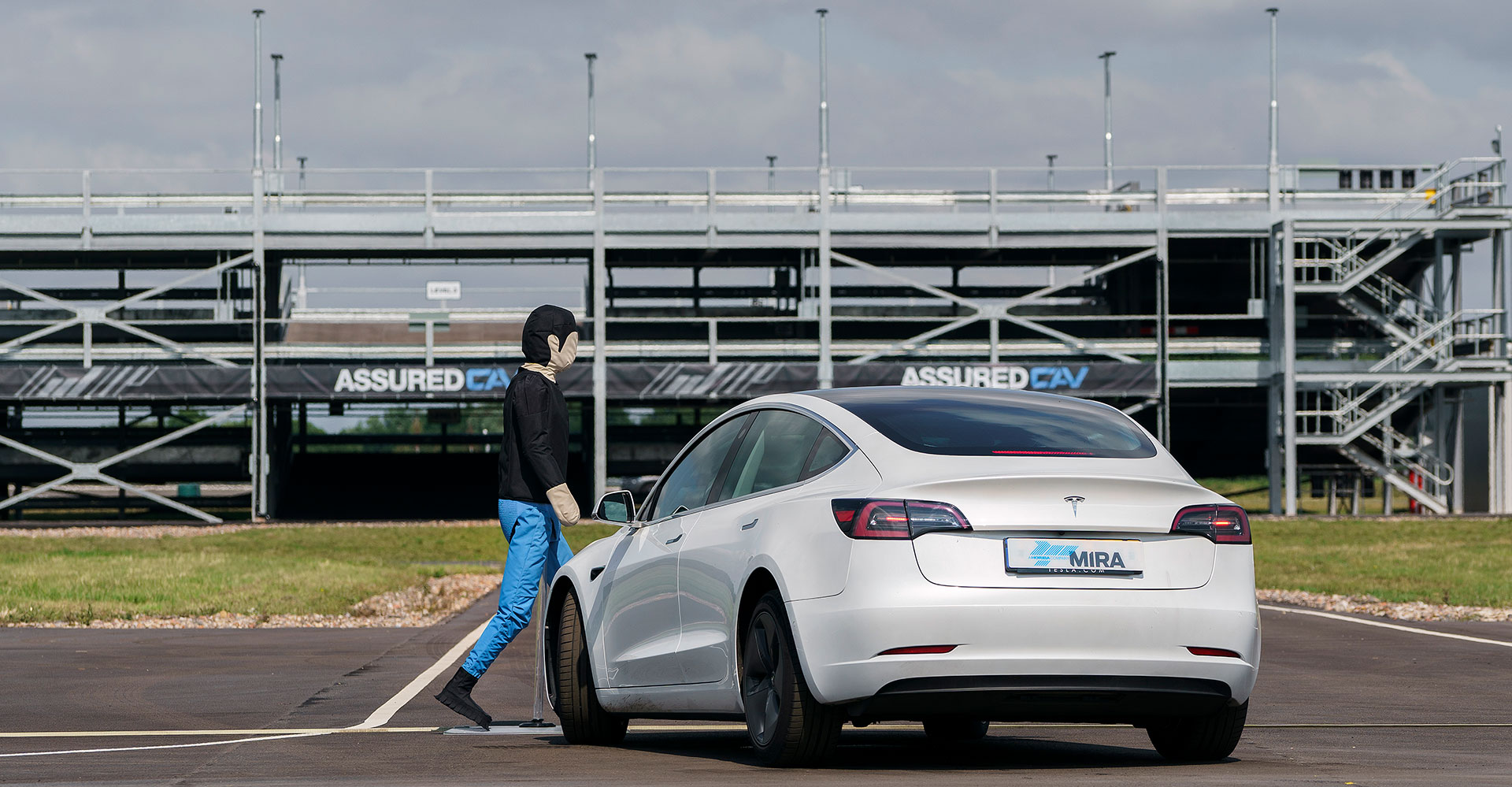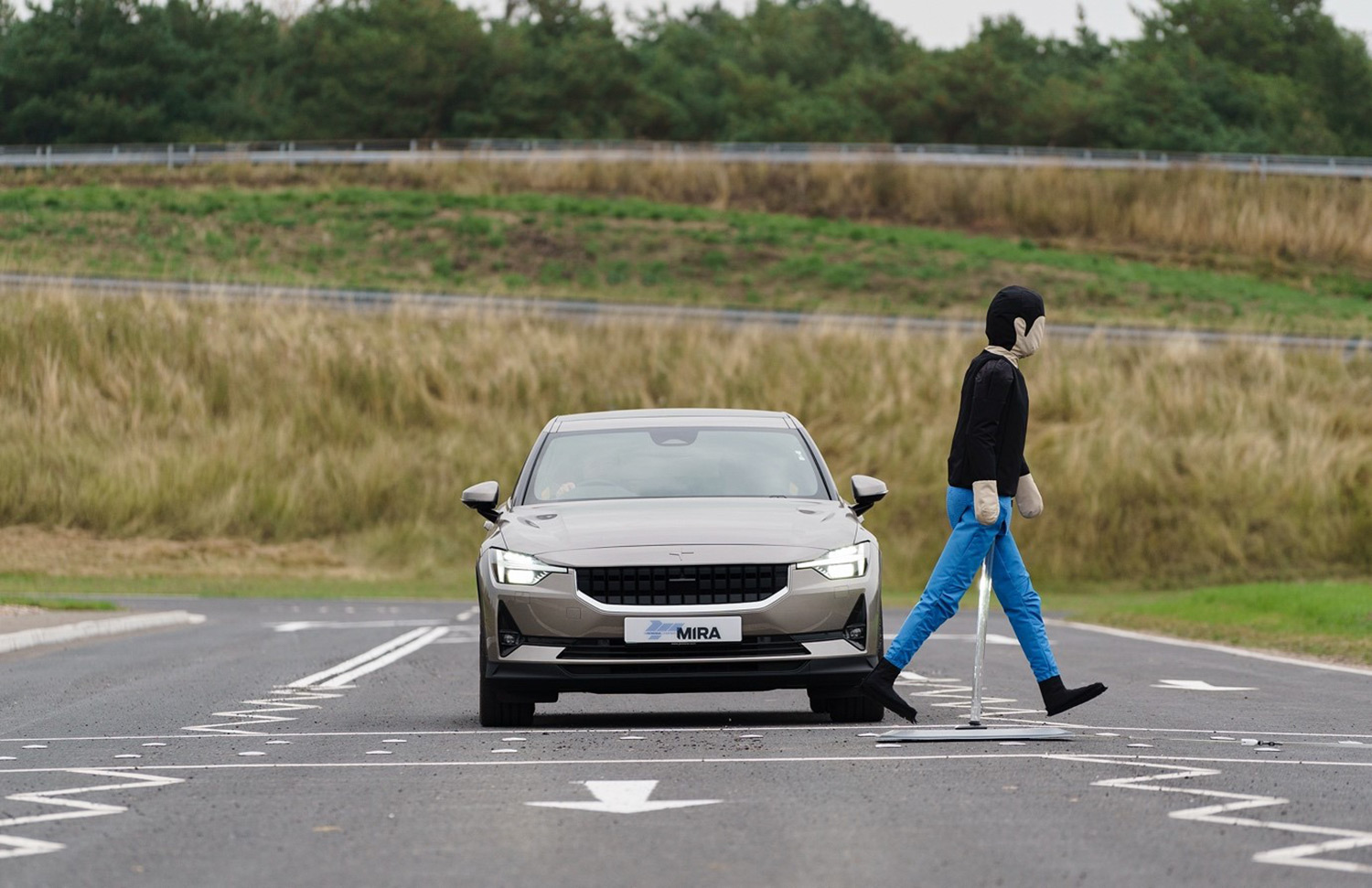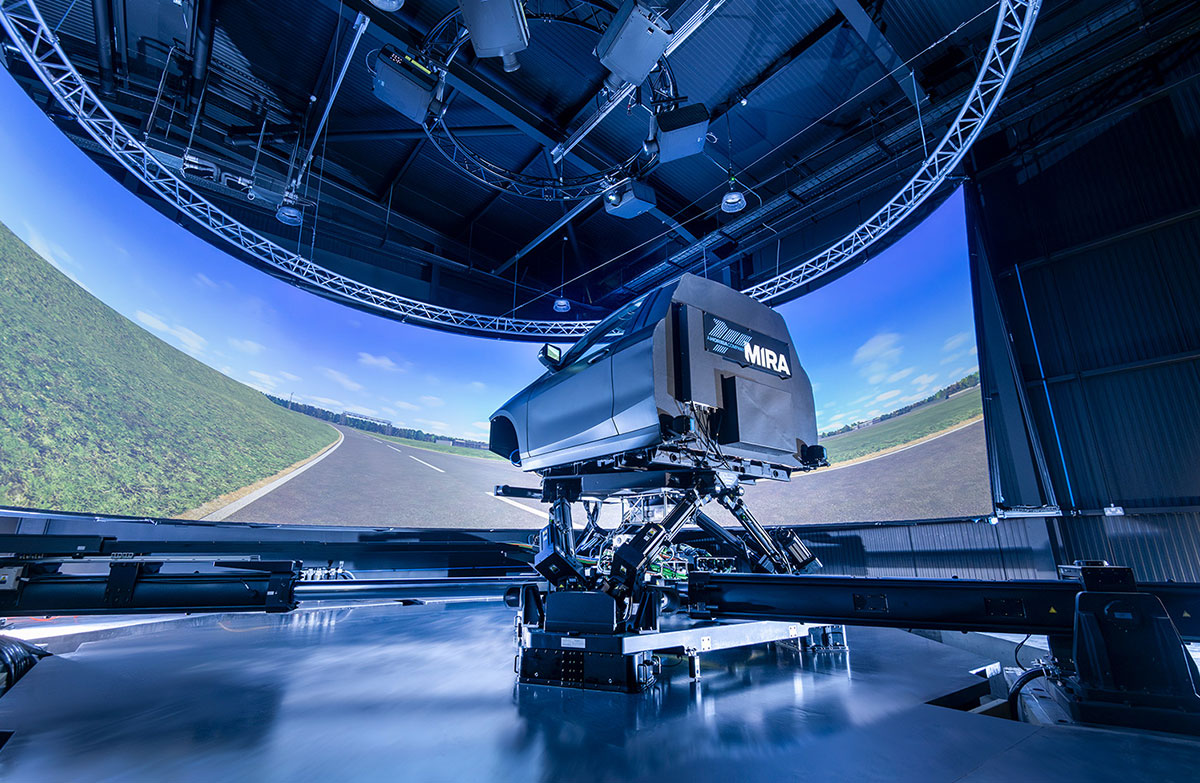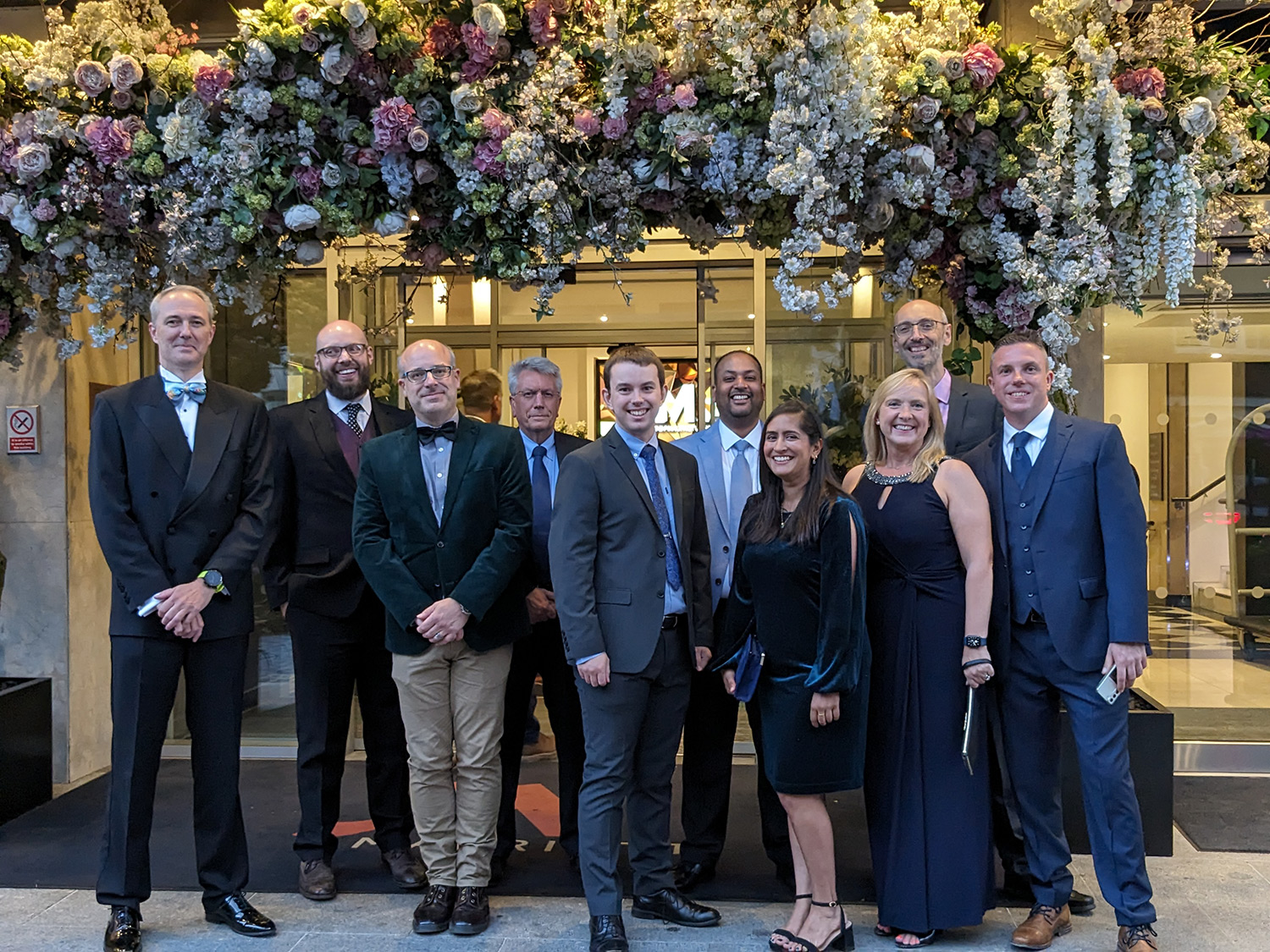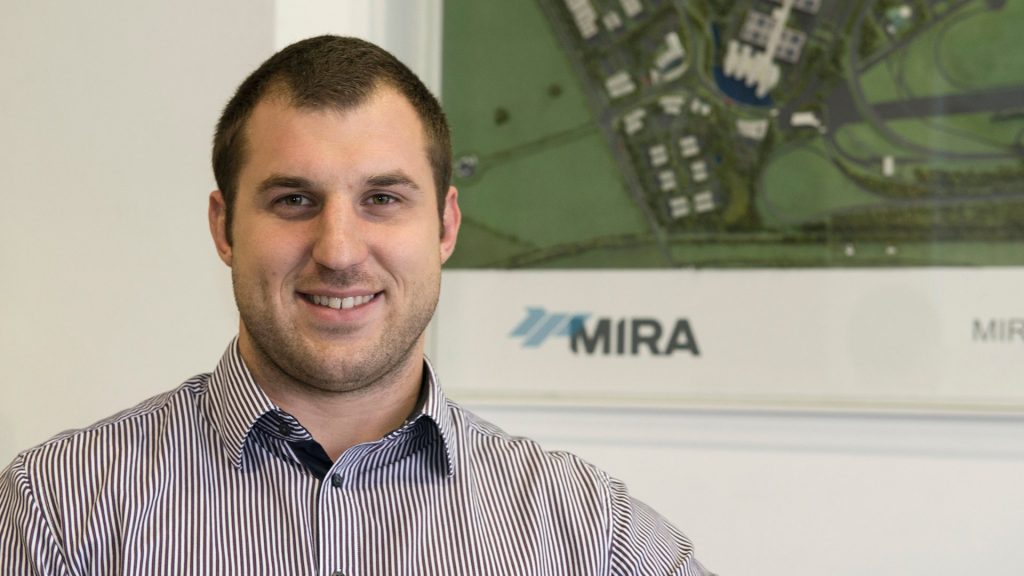
Tom Lee, Senior Engineer at MIRA, explains how automobile manufacturers are tuning the sounds produced by the vehicles, both inside and outside the cabin.
To help their products stand out from the competition in an increasingly competitive marketplace, global vehicle manufacturers are using Noise, Vibration and Harshness (NVH) engineering to enhance the appeal of their vehicles to their target audience.
By using specialist NVH facilities to analyse and develop specific acoustic attributes of vehicles, Original Equipment Manufacturers (OEMs) are able to create a signature ‘audio brand’ for either a specific vehicle, or for their range as a whole. For example Rolls Royce cars are famed for their quietness – a key characteristic that their clientele demand. This is summed up by David Ogilvy’s famous Rolls Royce advert which claims that “At 60 miles an hour the loudest noise in this new Rolls Royce comes from the ticking of its electric clock.” In this case, NVH engineering has been applied to analyse and suppress sound sources and provide the passenger with a relaxing journey.
Sports car companies on the other hand often use NVH engineering to analyse and enhance the ‘sportier’ acoustic characteristics of their vehicles, such as the exhaust note or engine noise. For example a British sports car manufacturer carried out extensive NVH work on one of its new high performance cars during development in an effort to enhance the appeal of their product over its main Italian competitors.
Today NVH has become a key focus for OEMs. This is drastically different to how vehicle manufacturers used to operate in the 1960s and 1970s, where NVH was primarily focused around making products more driveable than desirable. Back then engineering effort would be directed towards reducing the structure borne issues in the vehicle by reengineering the acoustic and vibration transfer paths through the structure, as well as reducing the airborne noise with soundpacks. OEMs started to pay more attention to the characterisation of vehicle acoustics with the introduction of V8 and V12 sports cars however, with more effort being applied to exhaust and intake tuning, as well as tuning the firing frequency of the engine.
This approach to NVH was subsequently restricted following the tightening of drive-by noise legislation in 1970, which put a level cap on the amount of noise that a vehicle could generate. This led vehicle manufacturers to focus on sound quality, rather than just volume, which is now a key feature in sports cars as well as premium and luxury vehicles. As a result marketing teams are now often leading their engineering counterparts in the development of NVH; specifying what a vehicle should sound like in order to uniquely position their vehicles in the marketplace and get one up on the competition.
As a result of this, there have been great engineering advances in NVH over the past decade. Electronic Control Unit (ECU) tuning, advances in Computer Aided Engineering (CAE) and intake and exhaust tuning have all become key parts of NVH development. Active noise is another field of NVH that OEMs are tapping into. The use of sound symposers is becoming more widespread, with vehicle manufacturers feeding desirable sounds into the cabin whilst blocking out other undesirable noises. Active exhausts, vibration neutralisers (which change the path of structure borne noise), road noise cancellation devices and active engine mounts are all NVH development techniques currently being used by OEMs. To make matters even more complicated, some companies now design vehicles to be quiet when being driven in ‘economy mode’, but come to life when driven in a more spirited fashion. All of this is leading to further advances in NVH development.
To date, developing sound quality has mainly been focused around internal combustion engines (ICE). However the introduction of hybrid and electric vehicles has caused OEMs to drastically rethink how these types of vehicles should sound.
Generally speaking, hybrid vehicles currently focus on the noise quality of the internal combustion engine, and less attention is paid to the sound of the electric motor at lower speeds. This has created a potential gap in the marketplace for OEMs to exploit.
Fully electric vehicles (EVs) on the other hand do not make any noise, other than wind and tyre noise and the ‘whine’ of the motor currently seen in many of the EVs on our roads. Although this has been the norm until now, NVH experts are able to significantly reduce the EV sound if required. This in turn has raised a number of questions in the automotive industry. Many people would welcome the introduction of silent EVs in densely populated areas as this would significantly reduce sound pollution. However safety campaigners argue that this would be a potentially dangerous decision, as pedestrians would no longer be able to hear the vehicles approaching.
Another EV NVH characteristic currently being considered by OEMs is the passenger’s expectation of sound inside the vehicle. Over time, customer perception for how an ICE vehicle should sound when driven sportily or in a refined manner has gradually evolved. For EVs however, interior sound quality norm is still to be established. In order to achieve this, the marketing teams of different OEMs are currently trying to define the expectations of vehicle occupants for different classes and types of EVs.
This research could lead to greater variety in OEM brands’ sounds in the future. Some may opt to tailor the sound to a traditional IC engine, whilst some may play on the signature of the electronic sound of the vehicle or construct a purely synthetic sound.
OEMs are increasingly turning to NVH experts such as those at MIRA for help in defining how their ICE, EV and hybrid vehicles should sound in the future. By using specialist NVH equipment such as NVH simulators – devices which enable engineers to alter the NVH characteristics of vehicles at the touch of a button – engineering consultants are helping OEMs to research and define their own acoustic brand, and in turn increase their competitiveness in the marketplace.
